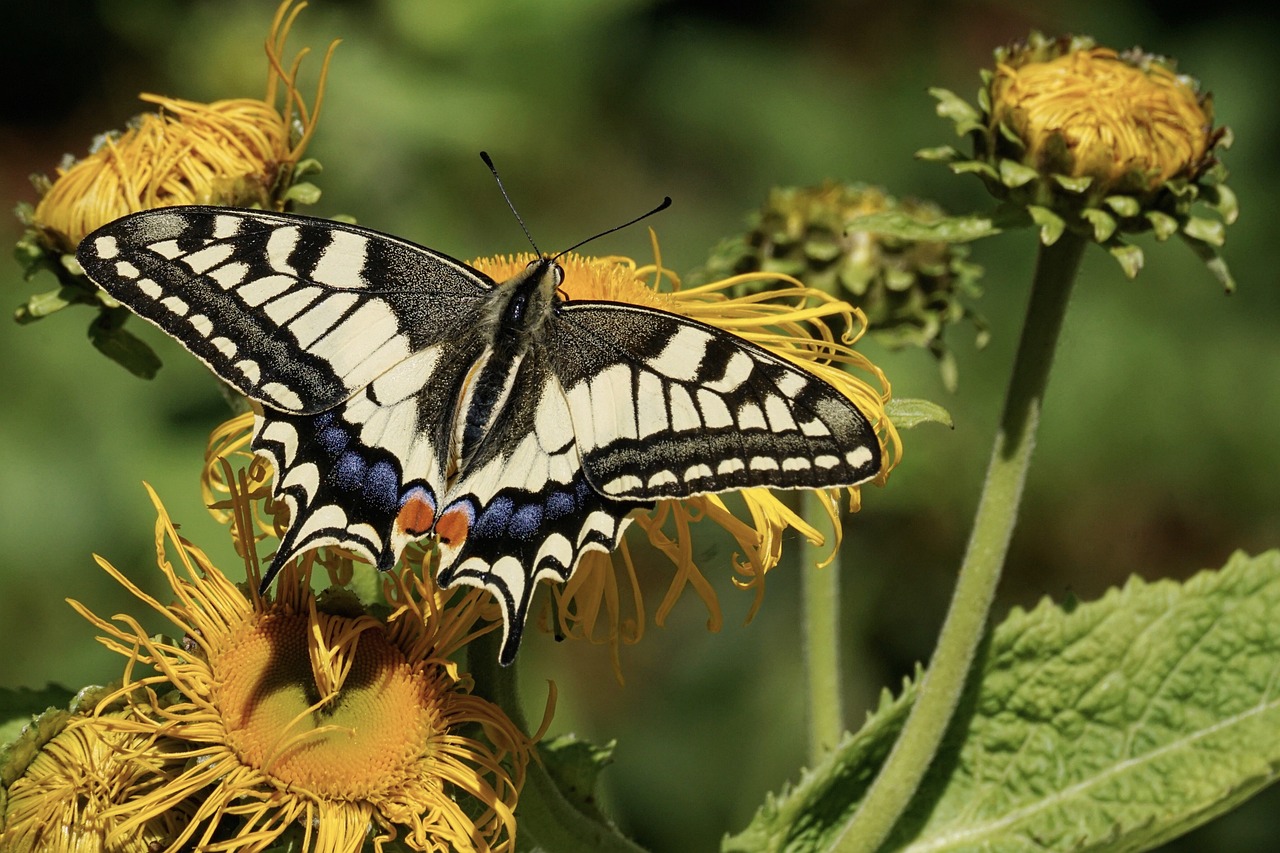Few sights are as enchanting as a field of colorful butterflies gracefully fluttering among vibrant flowers. These delicate creatures have long captured the fascination of nature enthusiasts and photographers alike. If you’re keen on witnessing this magical display of nature, you’ll want to know the best time to see butterflies.
Let’s work together and examine some of the finest butterfly-watching locations and the ideal seasons. Whether you’re an avid lepidopterist or simply curious about butterflies, read on to plan your butterfly-watching exploration.
Best Places to See Butterflies
Butterflies are found in various ecosystems worldwide, making it possible for eager butterfly enthusiasts to witness their beauty. Some of the best places to see butterflies include:
- Costa Rica: Known for its remarkable biodiversity, Costa Rica is a haven for butterflies. Visit the Monteverde Cloud Forest Reserve and the La Paz Waterfall Gardens for an array of species.
- Mexico: The Monarch Butterfly Biosphere Reserve in Mexico is famous for hosting millions of migrating monarch butterflies from November to March.
- Malaysia: Explore the rainforests of Malaysia, particularly the Taman Negara National Park, to spot a diverse range of butterflies throughout the year.
- South Africa: Kirstenbosch National Botanical Garden in South Africa is home to various butterfly species, and you can visit year-round.
Best Times of Year to See Butterflies
The best times of year to see butterflies often coincide with their breeding and migration patterns. Here’s a breakdown of when you’re most likely to witness these beautiful insects:
- Spring and Summer: In temperate regions, spring and summer are ideal for butterfly-watching, as this is when many species are active and in search of nectar and mates.
- Fall and Winter: In some regions, like Mexico, the fall and winter months bring the incredible migration of monarch butterflies, which is a must-see spectacle.
Best Times of Day to See Butterflies
To increase your chances of encountering butterflies in action, consider these optimal times of day:
- Late Morning: Butterflies are most active during late morning when the sun has warmed the environment, making it easier for them to take flight and forage for food.
- Early Afternoon: The early afternoon is another good time, as butterflies continue their search for nectar and engage in courtship behaviors.
What are the Best Ways to Experience Butterflies?
To make the most of your butterfly-watching adventure, consider these best ways to experience these graceful insects:
- Visit Butterfly Gardens: Butterfly gardens and conservatories, like the Butterfly Pavilion in Colorado, provide a controlled environment where you can observe various butterfly species up close.
- Hiking and Nature Walks: Exploring natural habitats such as forests, meadows, and gardens on foot can lead to unexpected butterfly encounters.
- Photography: Butterflies are popular subjects for photographers. A telephoto or macro lens can capture their intricate patterns and vibrant colors.
Tips for Seeing Butterflies
To enhance your chances of spotting butterflies and ensuring a responsible encounter, follow these tips:
- Wear Bright Colors: Dress in bright, solid colors to attract butterflies. They are often drawn to vibrant hues.
- Stay Still: When approaching butterflies, move slowly and avoid sudden movements to prevent scaring them away.
- Carry Binoculars: A pair of binoculars can help you observe butterflies from a distance without disturbing them.
Conclusion
The best time to see butterflies depends on your location and the species you wish to encounter. Whether you’re in the rainforests of Malaysia or the butterfly gardens of Colorado, these exquisite insects offer a mesmerizing glimpse into the world of nature.
Remember to approach butterflies with care, respect their habitats, and enjoy the serenity of observing them in their natural surroundings. Whether you’re a seasoned lepidopterist or a casual observer, witnessing butterflies in flight is an experience that promises beauty, wonder, and a deeper connection to the natural world.

